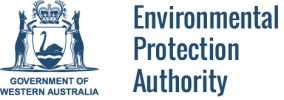Strategic Plan 2023-26
The EPA has developed a suite of key environmental priorities to guide its work from 2023 to 2026.
Using its best endeavours to protect the environment, the EPA’s purpose, priorities and goals are outlined in Strategic Plan 2023-26.
The priorities focus on three pillars:
- Lead the ongoing enhancement of environmental impact assessment practices to deliver environmental protection outcomes
- Provide independent strategic advice that improves environmental protection and policy
- Promote and enhance knowledge that strengthens environmental protection.
DOWNLOAD FILE:
| Attachment | Size |
|---|---|
| 11.13 MB |
